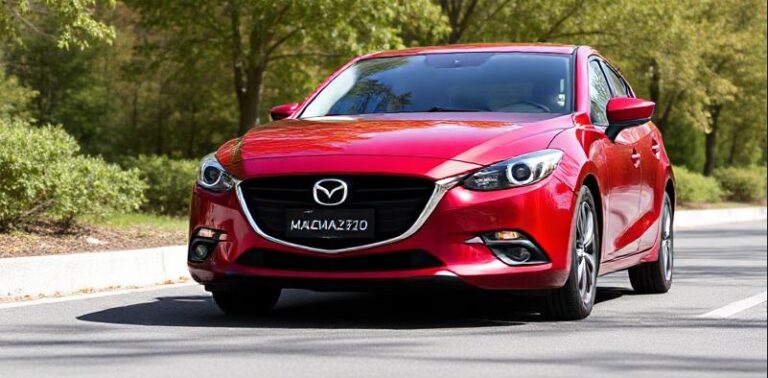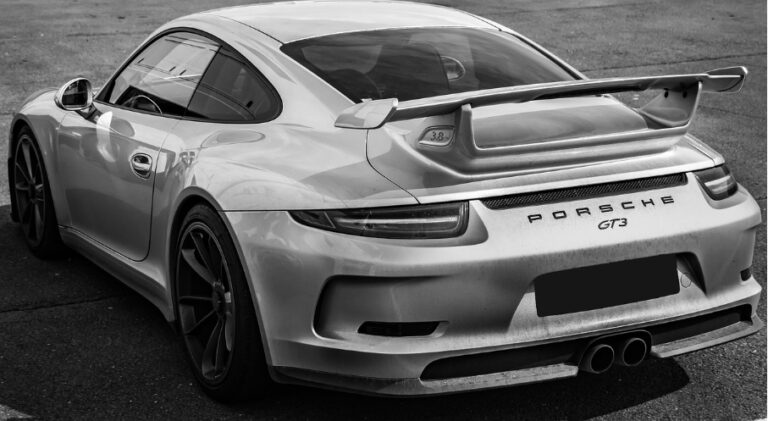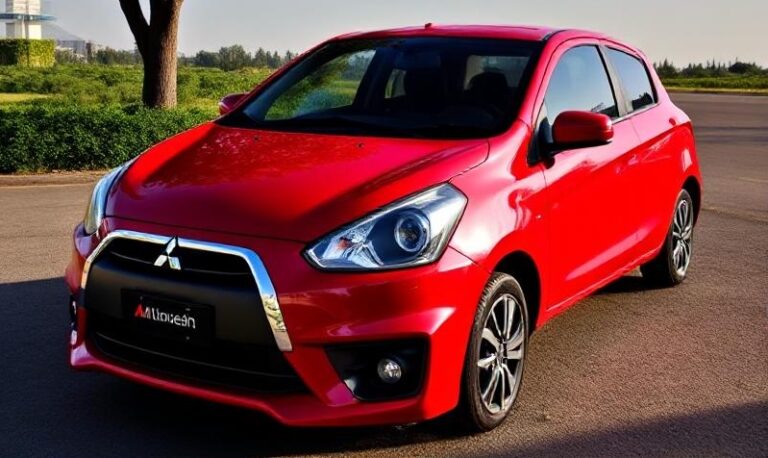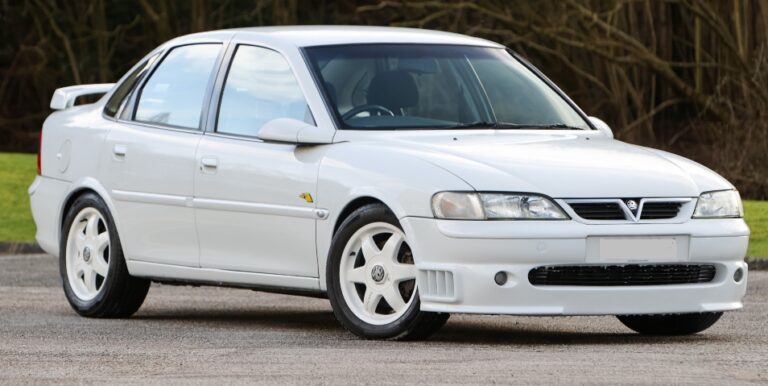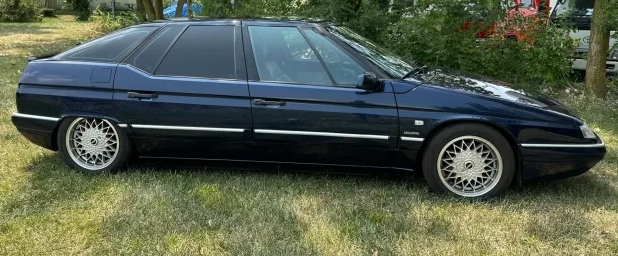The Evolution of the Daewoo Leganza
The Daewoo Leganza stands as a notable chapter in South Korea’s automotive history, representing the country’s ambitions to penetrate the global car market during the late 1990s and early 2000s. Introduced as a compact executive car, the Leganza was part of Daewoo’s strategy to offer affordable yet stylish vehicles to compete with established European and Japanese brands. This article traces the development, models, and trim levels of the Daewoo Leganza from its inception to discontinuation.
Introduction and Production Timeline
The Daewoo Leganza was officially launched in 1997 as a mid-size sedan aimed at Western markets, especially North America and Europe. Its production spanned from 1997 until 2002, culminating in a total of approximately 150,000 units sold worldwide. The vehicle was assembled primarily at Daewoo’s manufacturing facilities in South Korea, with exports to various countries.
Production Years: 1997–2002
The Leganza was designed to provide a more upscale alternative within Daewoo’s lineup, focusing on comfort, styling, and value. It was built on the GM T-car platform, developed jointly with General Motors, which also underpinned other models such as the Chevrolet Evanda (known as the Opel Vectra in Europe).
The Initial Launch and Early Models (1997–1998)
Introduction
Launched in 1997, the Daewoo Leganza debuted as a 4-door sedan with a focus on European styling cues, including a rounded, aerodynamic body and a spacious interior. The initial models were aimed at competing with European compact executive cars like the Volkswagen Passat and Opel Vectra.
Base Model
- Trim Level: GL
The GL was the entry-level trim, offering basic features such as cloth upholstery, manual windows, and standard audio. It was powered by a 2.0-liter DOHC inline-4 engine producing approximately 122 horsepower, paired with a 5-speed manual transmission or a 4-speed automatic.
Added Features
In its early years, the GL trim was equipped with standard safety features like front airbags and anti-lock brakes (ABS), along with basic comfort features such as air conditioning and power steering.
Mid-Generation Updates and New Trim Offerings (1999–2000)
Facelift and Improvements
In 1999, Daewoo introduced a mid-cycle facelift to the Leganza, updating the front grille, headlights, taillights, and interior materials. This refresh aimed to improve the vehicle’s appeal in a competitive segment.
New Trim Levels
- CD
The CD trim was a step above the base GL, featuring upgraded interior materials, power windows and locks, cruise control, and a premium audio system. The CD was aimed at buyers seeking more comfort and convenience. - SX (introduced in 2000)
The SX trim added sportier touches, including alloy wheels, fog lights, and optional leather upholstery. It also offered a more powerful engine variant, which we will explore further.
Engine Options
During this period, Daewoo expanded the engine lineup:
- A 2.0-liter inline-4 (122 hp), standard across all trims
- A 2.2-liter inline-4 (around 137 hp), introduced in the SX trim to provide better performance
Transmission Choices
Both 5-speed manual and 4-speed automatic transmissions remained available across trims, offering flexibility for different markets and customer preferences.
The Range-Topping Models and Special Editions (2001–2002)
Final Years and Discontinuation
By 2001, the Daewoo Leganza continued to be sold primarily in North America and select European markets, with marketing emphasizing value and reliability.
Trim Levels
- CDX (introduced in 2001)
The CDX represented the top-tier trim, equipped with features such as leather upholstery, power seats, a premium sound system, alloy wheels, and enhanced safety features like side airbags and stability control (in certain markets). - SE (special edition, limited availability)
Some markets received a special edition SE version, with unique styling touches, additional interior features, and sometimes a sport-tuned suspension.
Engines and Performance
By its final year, the Leganza’s engine lineup was primarily the 2.2-liter inline-4, with the 2.0-liter engine gradually phased out in favor of the more powerful 2.2-liter unit. The 2.2-liter engine produced approximately 137 horsepower and was paired with either a manual or automatic transmission, depending on market preferences.
Features and Technology
The final models offered more modern features:
- Air conditioning with climate control
- Power-adjustable mirrors
- Keyless entry
- Optional sunroof
- Upgraded audio systems with CD changer compatibility
.
THIS might be a great place to get your new car from!
Or for those who are into the “car flipping” business, here’s an excellent resource for you!

.
Discontinuation and Legacy
Daewoo ceased production of the Leganza in 2002 as part of its strategic shift toward new models and to focus on its global expansion. The company’s acquisition by General Motors in 2001 played a significant role in restructuring its model lineup, leading to the replacement of the Leganza with newer models like the Daewoo Magnus and later the Chevrolet Epica, which shared platforms and engineering.
Despite its relatively short production span, the Leganza was notable for its European-inspired styling and value-oriented approach. It served as an important step in Daewoo’s global ambitions, showcasing its capacity to produce competitive vehicles for international markets.
Summary of Key Models and Trim Levels
| Year | Trim Levels | Notable Features | Engine Options | Notes |
|---|---|---|---|---|
| 1997–1998 | GL | Basic features, cloth interior, manual windows | 2.0L I4 (122 hp) | Initial launch, entry-level |
| 1999–2000 | GL, CD | Upgraded interior, cruise control, optional automatic | 2.0L I4, 2.2L I4 | Facelift introduced |
| 2000 | SX | Sportier features, alloy wheels, leather option | 2.0L I4, 2.2L I4 | Performance-oriented trim |
| 2001–2002 | CDX, SE | Leather, premium audio, safety features | 2.2L I4 | Final years, top-tier features |
Conclusion
The Daewoo Leganza’s evolution from 1997 to 2002 reflects a period of rapid development and global expansion for the South Korean automaker. From its modest beginnings as a budget-friendly European-styled sedan, it evolved through styling updates, feature enhancements, and engine improvements to meet the demands of a competitive market. While it was eventually phased out, the Leganza remains a symbol of Daewoo’s ambitions to produce affordable, stylish vehicles capable of competing on the international stage. Today, it is remembered by enthusiasts as a representative of late 1990s automotive design and Daewoo’s early global efforts.


